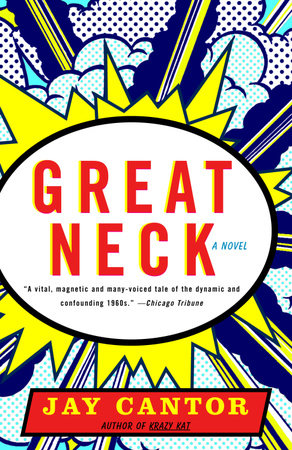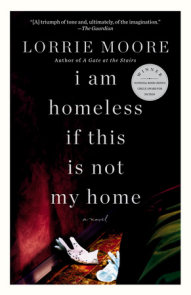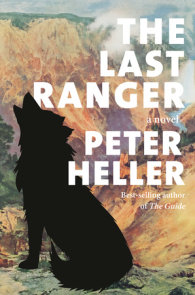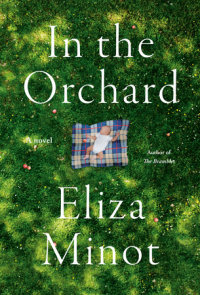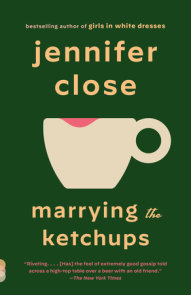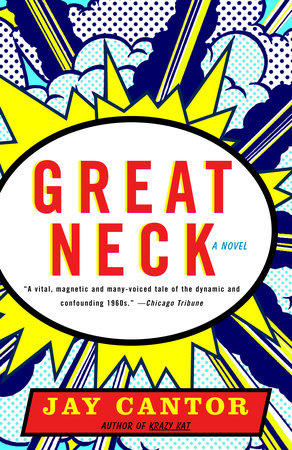

Great Neck
By Jay Cantor
By Jay Cantor
By Jay Cantor
By Jay Cantor
Part of Vintage Contemporaries
Part of Vintage Contemporaries
Category: Literary Fiction
Category: Literary Fiction

-
$15.00
Aug 10, 2004 | ISBN 9780375713392
-
Dec 18, 2007 | ISBN 9780307426116
YOU MAY ALSO LIKE
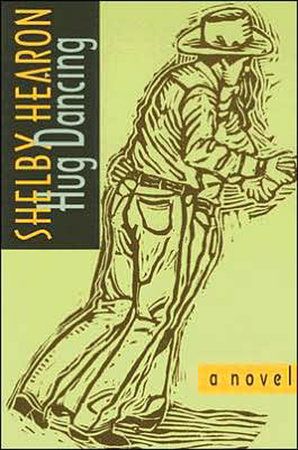
Hug Dancing
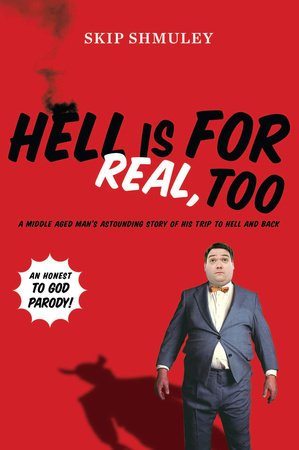
Hell Is for Real, Too
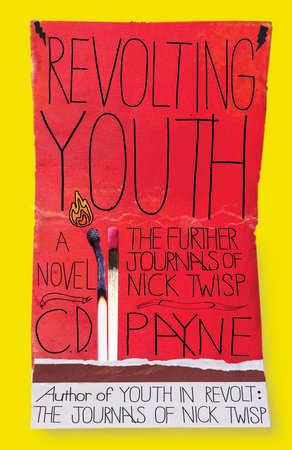
Revolting Youth
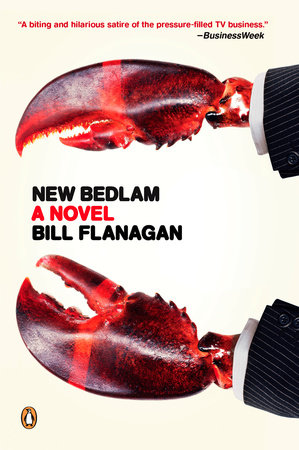
New Bedlam
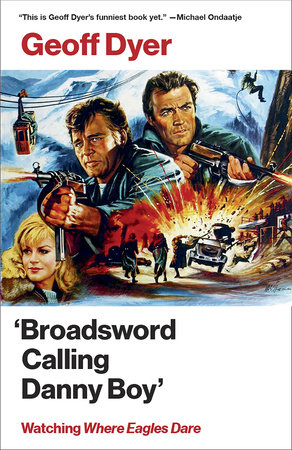
‘Broadsword Calling Danny Boy’
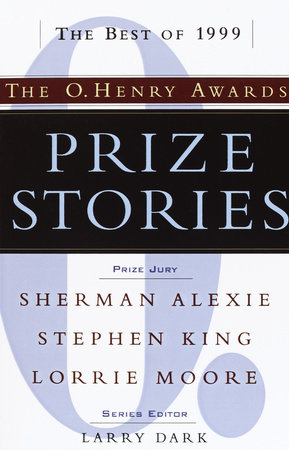
Prize Stories 1999
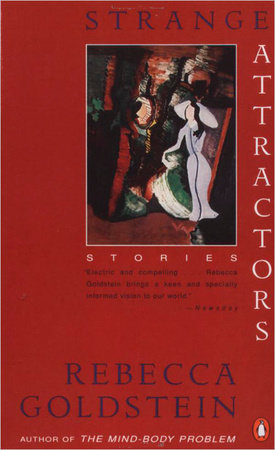
Strange Attractors
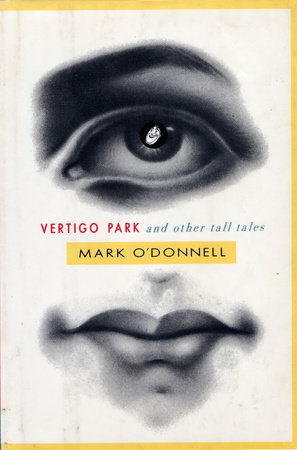
Vertigo Park And Other Tall Tales
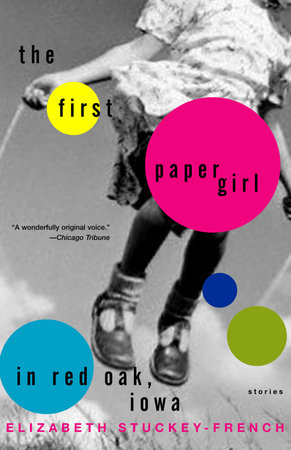
The First Paper Girl in Red Oak, Iowa
Praise
"A vital, magnetic and many-voiced tale of the dynamic and confounding 1960s."–Chicago Tribune
“A big, brilliant social novel [that] illustrates in exquisite detail the myriad ecstasies of the romantic 1960s. . . . Cantor does with language what a geologist does with transparencies, setting one page upon the other, so you can see through a tunnel of time.” —Los Angeles Times Book Review
“Encapsulates the idealism, adventurousness, anguish and tumult of an era.” –Entertainment Weekly
“An amazing achievement and hugely entertaining.” –The New York Observer
“[Great Neck] fills the prescription for what ails the American novel. It is a sprawling, complex, funny, important piece of fiction that can genuinely be called a heartbreaking work of staggering genius.” –The Atlanta-Journal Constitution
“Sly and quick-witted. . . . Cantor can be an insightful and caustic caricaturist about terrain, both psychic and geographical, that he obviously knows well. . . . The author can articulate his view of bourgeois turmoil in ways that are literally right on the money.”–The New York Times
“A big, brilliant, social novel.” –Los Angeles Times
“Told in a jazzy narrative style. . . . The United States in the second half of the 20th century emerges as a single story, necessarily complex and yet with startling coherence.” –Seattle Times/Post Intelligencer
“Dense, wildly ambitious…it is a book that cannot just be read. You must talk back to it.” –San Francisco Chronicle
“Cantor captures the complexities and contradictions of Great Neck perfectly. . . . His edgy take is instantly recognizable.” –Newsday
“Wonderfully anarchic. . . . The balance between thought and action suddenly seems so right we have to marvel that all along we didn’t see the truth Cantor shows us here. . . . Simply a masterpiece.” –Richmond Times-Dispatch
“This isn’t the whole story of the ‘60s, but Great Neck encompasses more of that story, and more insightfully, than any other attempt in fiction that I know of.” –Dennis Drabelle, The Washington Post
“Great Neck is savvy, generous, lively and entertaining, and Cantor excels at catching the intricate worlds encapsulated in individual, private moments.” –The Jerusalem Report
“Great Neck captures the whole restless sweep of civic life and emotional politics, of rebellion and collaboration, of history, and turns it into something in which we must all feel complicit…It is a demand that we acknowledge our collective status in the ‘dark rolling hills of the republic,’ and that we face up to our country’s passions, crimes and aspirations.” –The Brooklyn Rail
“Cantor works on a Tolstoyian scale as he maps a historic time of violent and necessary change, and illuminates the evolving psyches of a diverse cast of compelling characters as deeply affected by the legacies of anti-Semitism and racism as by their involvement in a many-faceted, epic struggle for justice. . . . A virtuosic work of heart and genius, a great, singing web of a novel.” –Booklist
“Sprawling, ambitious. . . . Great Neck fairly bears comparison to James T. Farrell’s Studs Lonigan or Theodore Dreiser’s An American Tragedy. . . . Those books achieved a lurching cumulative power in spite of their awkwardness, and delivered piercing social criticism. So, for his own generation, does Jay Cantor.”–Samuel G. Freedman, Forward
21 Books You’ve Been Meaning to Read
Just for joining you’ll get personalized recommendations on your dashboard daily and features only for members.
Find Out More Join Now Sign In








